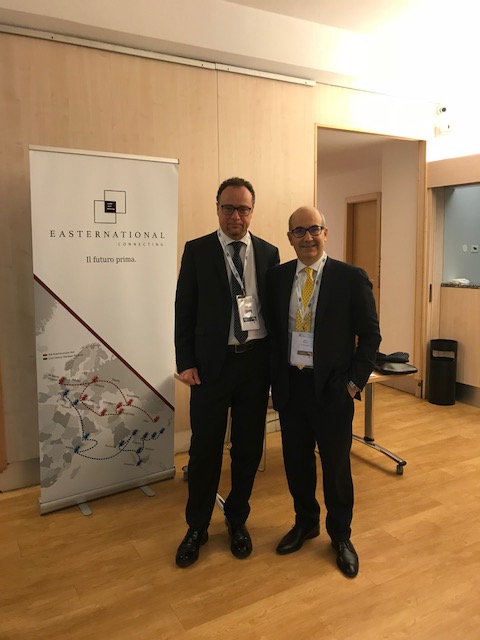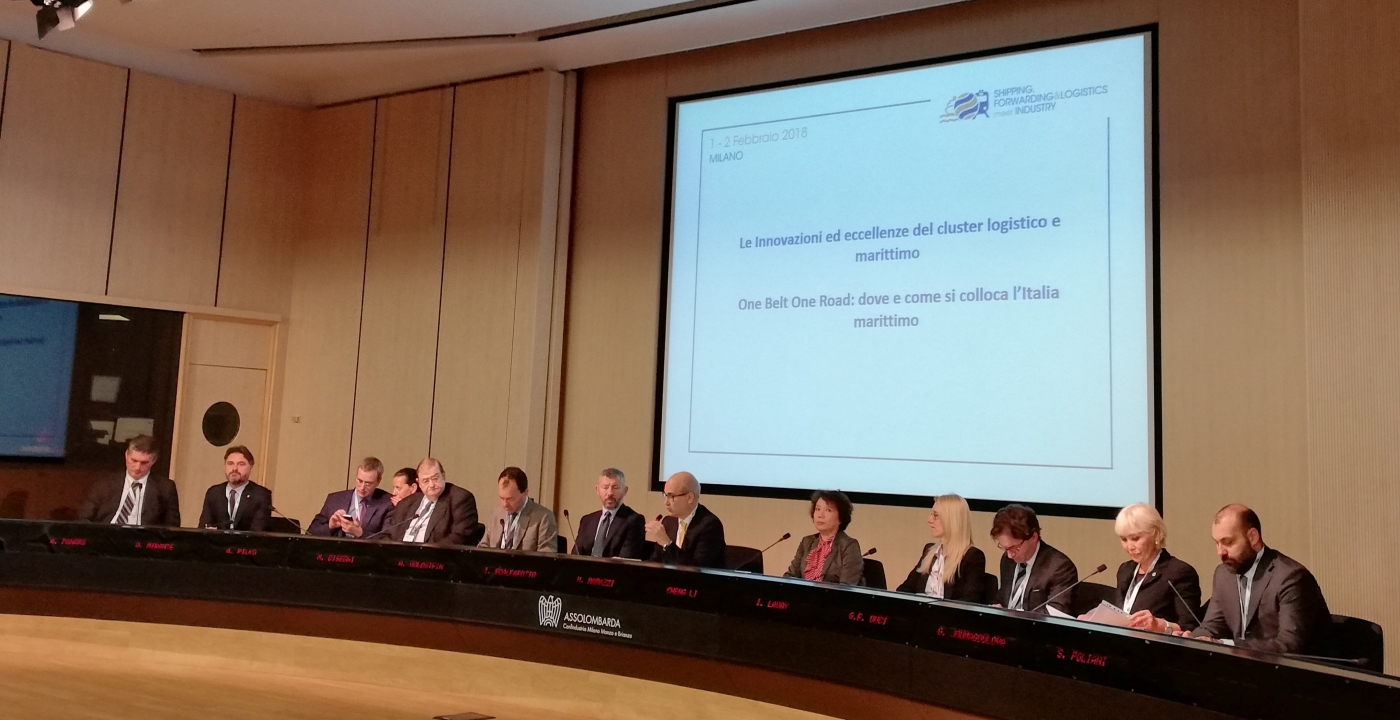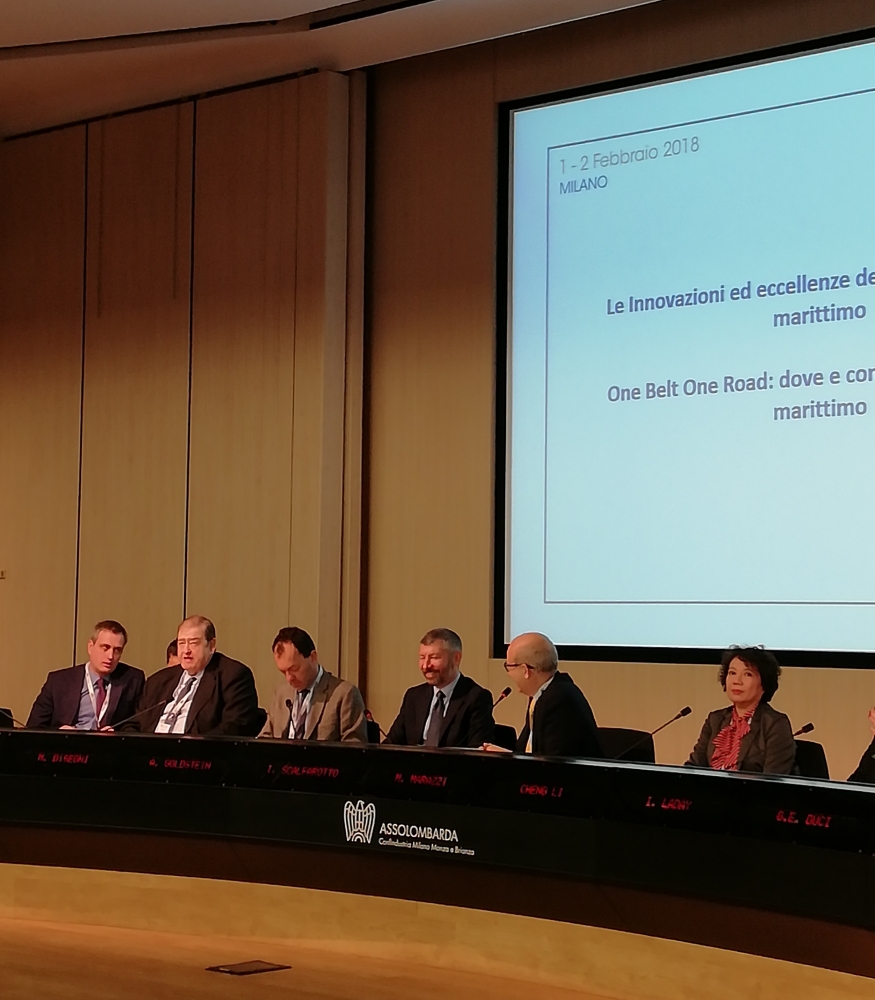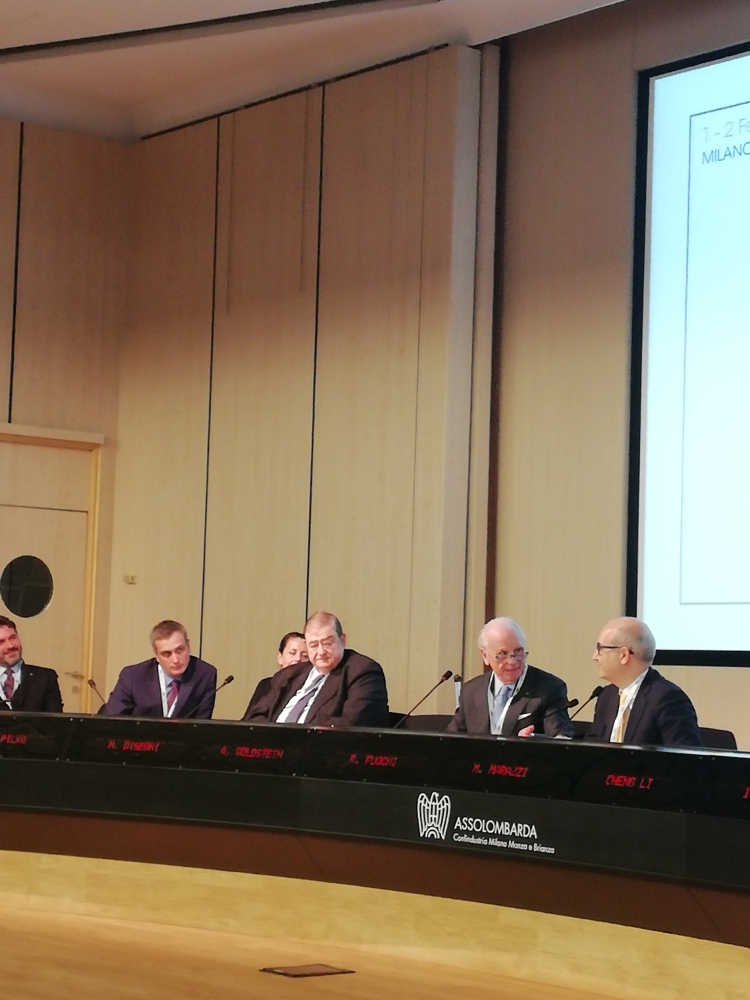The role of Italy in the BRI
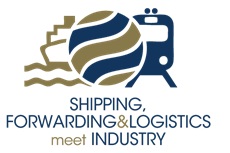
the speeches of Italian and foreign experts who took part to the session moderated by Marco Marazzi during the second edition of the forum 'Shipping, Forwarding&Logistics meet Industry' explains what is the position of Italy in the Belt and Road Initiative.
Italy's involvement in the Chinese project launched by President Xi Jinping in 2013 is always more evident. However, there are still many doubts raised by the role that Italy could have on the routes of the New Silk Road.
During the second edition of the conference 'Shipping, Forwarding & Logistics meet Industry', a two-day event dedicated to analyze the opportunities coming from the alliance between industry and logistics, the session dedicated to the BRI that took place on 2 February has tried to resolve the perplexities arisen on the role of Italy in this project.
The session 'The innovations and excellences of the logistic and maritime cluster - One Belt One Road: where and how is Italy located' was organized in collaboration with Easternational and the president and co-founder Marco Marazzi.
During the meeting, in which both Italian and foreign experts took part, an all-round vision of the possibilities and risks associated to this project was offered, taking into consideration geopolitical, economic and logistical aspects.
Hon. Ivan Scalfarotto the Undersecretary of Ministry of Economic Development) opened the meeting by immediately tackling the crucial issue: a wide-ranging project that crosses a large area certainly brings with it a considerable number of opportunities for trades and investments in the countries crossed by the BRI. Italy can play a decisive role in this process thanks to its geographical position: docking at and sailing from our ports means getting to the heart of Europe. Italy is interested by the project and demonstrates it, for example through its exports to China with quality products, but more continuity and willpower is needed to maintain a deeper contact so that the renewed Italian-Chinese relationship will not be dispersed, especially considering the fact that China is playing a major role now in international politics.
Marco Marazzi moderating the session then presented some BRI related introductory data, explaining that the project refers to two distinct routes, terrestrial one ('Belt') and maritime the other ('Road'). The terrestrial one also includes two different routes that respectively follow a route to the north - more used for the transport of goods to / from Europe and China - and one to the south less used but with certain potential especially for connections. The growing importance of railway connections is immediately evident, considering the number of trips realized by land in 2017, which exceeded those made over the previous 5 years.
Andrea Goldstein, Chief Economist at Nomisma and Coordinator of the Scientific Committee of Easternational, offers a geopolitical overview. The achievement of a prosperous economy status by China, announced by President Xi Jinping is undoubtedly an objective on which the country will focus: in this vision the BRI will play a fundamental role for this goal. The BRI could have the potential not only to encourage international trade by bringing all the countries crossed by the two corridors into contact with each other, but it would also have an important impact on the development of the western part of China, which still remains poorer and less developed than other provinces. Not only Europe and Central and Western Asia, whose markets remain complex, will have a leading position in this project, but also the US has indirectly influenced its development, leaving in recent years (and especially in recent months) a blank space that China is trying to fill. up. A particular focus is dedicated to Italy (main topic of this session): the country must find and follow solid principles to give continuity to the actions that reveal its position.
Since the importance of Eurasia in this project, an overview of the matter is given to the audience by Alexey Pilko, Director of the Communication Center at the Eurasian Economic Union, an economic union born after researches on the experience of the European Union and that, as Pilko himself explains, includes 5 members: Russia, Kazakhstan, Belarus, Armenia and Kyrgyzstan. Among the main purposes of the Economic Eurasian Union, whose countries are certainly affected by the changes taking place, there is the creation of a safe corridor between China and Europe, passing through all the Eurasian countries.
The advantages that this corridor offers are many, especially in terms of opportunities for infrastructure, logistics and cooperation among countries, to launch the process of intercontinental integration that the world needs to take a step towards a multipolar economy. Remaining in Central Asia, in his speech Gouslim Joumagoulova (General Secretary of the Italo-Kazakh Chamber of Commerce) presented the project of the International Center for Cross-Border Cooperation of 'Khorgos' ('Special Economic Zone') that aims to facilitate transit between Kazakhstan and China. Izabell Laday (Logwin) presented some very interesting information on existing rail transport. The rail road is a valid alternative to the maritime route: among the advantages we can count the transit time, the ease of transport from the Chinese hinterland (where the production is more developed) to Europe, the possibility to avoid peak seasons during which the ports are more congested and, finally, competitive prices, lower environmental impact, and more stability of the railway junctions compared to the maritime ones that change more frequently. The containers are also safe, thanks to the door-to-door transport, the tracking of goods with GPS systems, and the interior measurement of humidity and temperature.
The focus of the speech by Cheng Li (Senior Manager Corporate Banking Department, Bank of China) was economic: she explained what Bank of China can do to support the Belt and Road Initiative. Very important is the support provided by Bank of China for investments in all the BRI-related countries which, together with the creation of funds for the opening of companies and its massive presence of branches in China and around the world, offers a strategic help for those interested in investing in the project or looking for strategic partners.
Ms. Cheng Li closes the first session focused more on the 'Belt' part of the initiative. The session on maritime transport ('Road') opens with Alessandro Panaro, Head of Maritime & Mediterranean Economy Service at SRM, who presents some data on Mediterranean ports. The study carried out by SRM on the Italian maritime economy shows that the direction followed by medium and large ships (above 7000 TEU) marks the route of the Silk Road passing through the Mediterranean Sea and, in particular, an increase of the presence of ships both on the Tyrrhenian Sea and on the Adriatic Sea, that was not previously frequented, is clear. Also the speech by Mario Disegni, Councilor Alsea and President of the Maritime Section of Fedespedi, highlights the strategic position of Italy: if this country wants to follow a path of development, a synergy between industry, institutions and shipping companies in order to seize the opportunities presented by the BRI is required.
But where there are possibilities, there are also risks: Mr. Gian Enzo Duci, President of Federagenti, reminds of some BRI related issues. It is not possible to forget that in order to enjoy the 'win-win' effect mentioned by China it is necessary to have reciprocity, especially considering that China often seems to direct its investments based on purely geopolitical choices without thinking about the economic return of countries in which they operate. It will then be necessary to ask whether, in the absence of reciprocity in many sectors, the project is tolerable or not by Italy. Beyond that, different supply areas will also have different approaches to the movement of goods, which could therefore present further challenges to be faced.
About Hong Kong, Mr. Gianluca Mirante (Director Italy of the Hong Kong Trade Development Council and Secretary General of the Italy Hong Kong Association) and Mr. Stefano Poliani (Head of Business Development at Kerry Logistics) explain their points of view. Referring to Mr. Duci's speech, Mr. Gianluca Mirante highlights the possibility for Hong Kong to play an important role in the BRI, recalling how the Hong Kong Belt and Road Summit held in September 2017 has had a more economic than politic focus, wanting to connect investors and project owners. As for relations with Italy, many of our companies have preferred to invest in Hong Kong, as this is also strategic for the preferential agreements it has with China and some Southeast Asian countries. Mr. Poliani, Italy will be able to seize more opportunities from the 21st Century Maritime Road than from the Silk Road Economic Belt, precisely because of its links with China and Hong Kong, but also the communication on rail will help trade, especially in certain specific sectors such as the agroindustrial industry and, and as the moderator Mr. Marco Marazzi recalls, in all those countries that are halfway between Italy and China.
To end this session Mr. Riccardo Fuochi, Director and Founding Member of Easternational, as well as CEO of Omlog Asia Ltd, reminded the need for companies to put more efforts in order to participate in the BRI, which is not only an opportunity for logistics, but also means possibilities in the fields of cultural exchanges, tourism, technology and much more. The BRI is not just a concept, but an initiative financed with real funds, thanks to which concrete projects already exist, giving shape to the possibilities that are becoming more and more evident in all the countries involved and in all the sectors of the economy.

